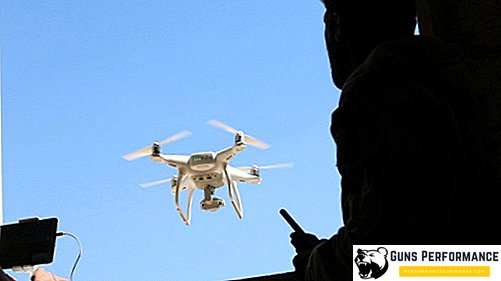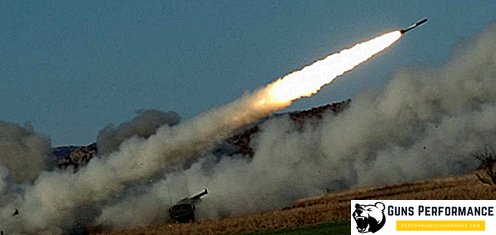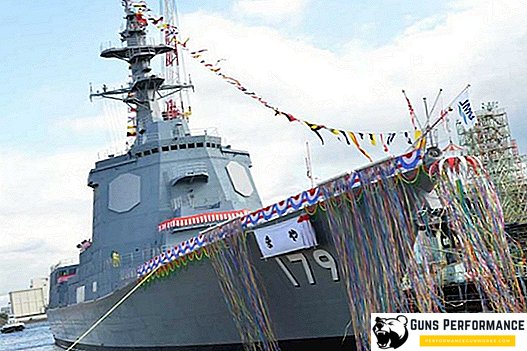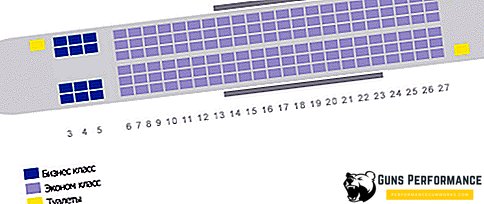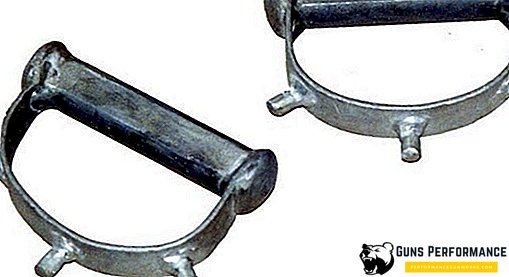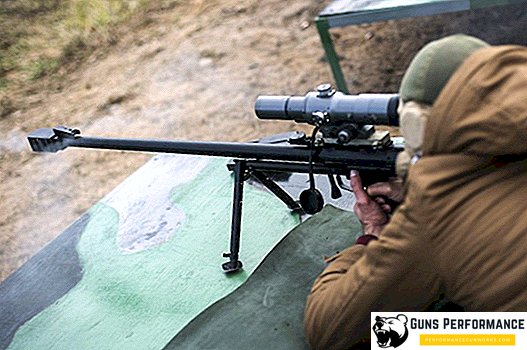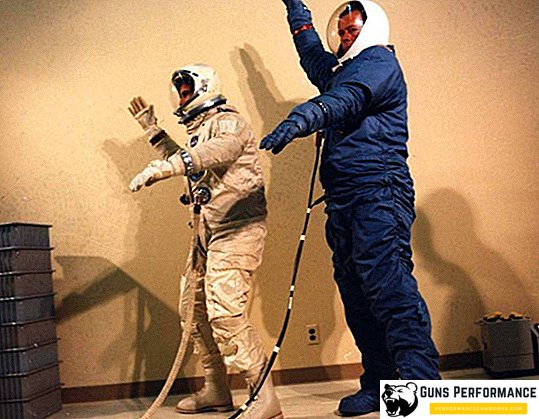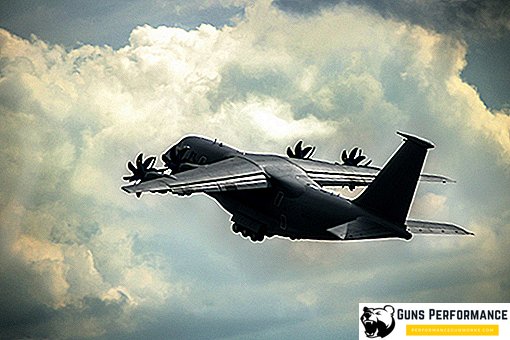The Syrian campaign allowed the Russian armed forces not only to test the latest sea-based Onyx cruise missiles in real combat conditions, but also to use strategic aircraft for the first time since Afghanistan.
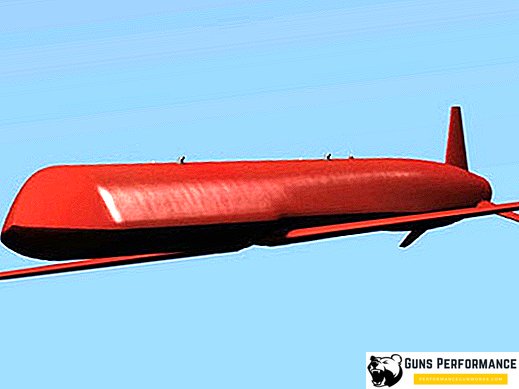
Starting from November 17, Russian strategic aviation, using Tu-95 and Tu-160 aircraft, began to launch missile strikes on the territory of Syria. For attacks, cruise missiles Kh-55 and Kh-555 were used, as well as the latest Russian development of the Kh-101.
The X-101 is the newest Russian air-launched cruise missile, the development of which began in the late 80s of the last century. It has a subsonic speed, a range of up to 5,000 kilometers, a shape that makes it invisible to radar.
The new rocket is larger than the Kh-55 and Kh-555 cruise missiles in size, so the T-95 strategic bomber can only carry them on an external sling (8 missiles), and the upgraded Tu-160 can take 12 X-101 missiles at once. in two cargo compartments.
The data on this cruise missile is classified, but it is known that for navigation and guidance the X-101 uses the Sprut system with a flight path correction system, as well as data from the GLONASS satellite system. At the final stage of the flight, a television guidance system is used to improve accuracy. According to other data, the X-101 has an inertial guidance system, with a GLONASS data receiver and a television guidance system at the final stage of the trajectory. This allows to reduce the circular possible deviation to 10-20 meters.
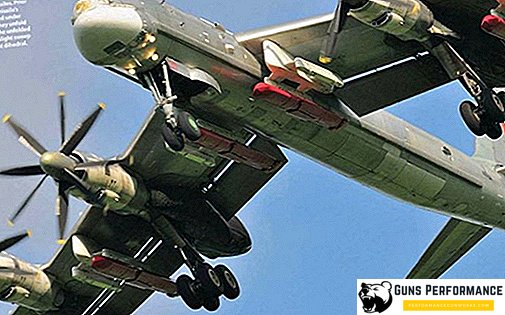
There is another rocket: the X-102, it differs from the X-101 only in the warhead. On the X-102 rocket, you can install a nuclear warhead with an estimated capacity of up to 250 kilotons. Warhead X-101 has a weight of 400 kg.
X-101 can fly at different heights: from 30 meters to 6000.
The new X-101 and X-102 cruise missiles will significantly enhance the potential of Russian strategic aviation, which was previously not too highly valued by US military experts. In principle, this is not surprising. Most of the Russian strategic aviation is represented by Tu-95 aircraft, the first flight of which took place during Stalin's lifetime (1952). Now, Russian “strategists” can strike without entering the air defense zone of a potential enemy.
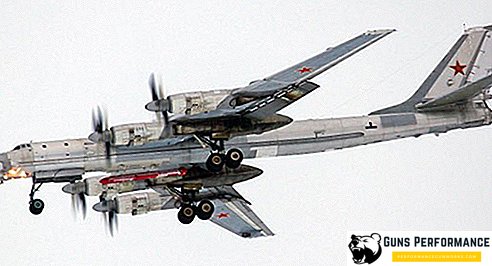
If we talk about the results of strikes inflicted in Syria using Russian cruise missiles, here the information is rather vague. Russian generals say that all the missiles hit their targets, causing serious damage to the infrastructure of ISIL (this organization is banned in Russia). However, the Syrian moderate opposition claims that most of the missiles fell in the zone that they control (published photos of the wreckage). The other part of the missiles launched in Aleppo did not achieve their goals.
Below are the technical specifications of the Russian X-101 cruise missile.
| Parameter | Value |
| Developer | MKB "Rainbow" |
| Test year | 1999 |
| Length m | 7,45 |
| Diameter, mm | 742 |
| Wingspan, m | 3 |
| Starting weight, kg | 2200-2400 |
| Weight, kg | 400 |
| Mass of fuel, kg | 1250 |
| Speed, m / s, cruising | 190-200 |
| Speed, m / s, maximum | 250-270 |
| Starting range, km | up to 4500-5500 according to various sources |
| Flight profile | Changeable |
| Flight profile height, m | from 30-70 to 10 000 |
| EPR, m² | 0,01 |
| GOS type | optoelectronic correction system + TV |
| Power point | DTRD TRDD-50A engine with 450 kgf power |
| Accuracy (QUO), m | 5-6 |
| Nuclear rocket version | X-102 (250 kt) |
| Carriers | Tu-95 (8 missiles) Tu-160 (12 missiles) |


